- 3997
- 0
Sharing Ideas and Updates on LPG in Nigeria and related information to enable effective collaboration within the LPG Value Chain
Understanding LPG Cylinder Safe Filling: Addressing Misconceptions For Safety And Clarity
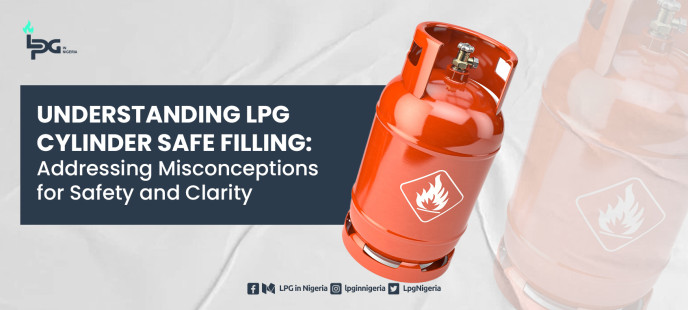
In recent times, there has been growing misinformation on social media regarding the safe filling capacity of Liquefied Petroleum Gas (LPG) cylinders. To clarify and ensure the safety of LPG users in Nigeria, the Nigeria Liquefied & Compressed Gas Association (NLCGA) has released a public memo debunking false claims about the appropriate filling weights of LPG cylinders.
The Controversy: What’s the Issue?
A viral video on social media suggested that a standard "12kg" LPG cylinder should only be filled to 11kg, creating confusion among consumers. The individual in the video urged users not to fill their LPG cylinders to the full capacity prescribed on the cylinder label, allegedly citing safety concerns. This claim has been widely shared and debated, prompting the NLCGA to intervene.
The Facts: What Does the NLCGA Say?
Prescribed Filling Weights Are Safe
According to the NLCGA and the Standards Organisation of Nigeria (SON), LPG cylinders are designed and tested to safely accommodate their prescribed weight. For instance, a "12.5kg" LPG cylinder can safely hold 12.5kg of gas. This prescribed weight includes a margin that accounts for gas expansion under varying weather conditions.
Misinformation Can Be Harmful
The claim that LPG cylinders must not exceed 11kg for safety reasons is inaccurate. Such misinformation not only creates unnecessary panic but could also affect consumer trust in LPG usage and hinder the adoption of clean energy solutions.
Understanding Cylinder Standards
The SON standard (NIS:69) provides clear specifications for cylinder categories based on their water capacity, liquid volume, and safe fill weight. For example:
A "12.5kg" cylinder has a liquid capacity of approximately 26.5 liters.
The specific gravity of LPG (0.575) and an 85% safe fill capacity ensure that the cylinder is safe when filled to 12.5kg.
Key Takeaways for Consumers
Always fill LPG cylinders to the prescribed weight labeled on the cylinder. This weight is determined by safety standards and accounts for factors like gas expansion.
Overfilling a cylinder beyond its prescribed weight is unsafe. However, adhering to the standard capacity, as outlined by SON, ensures optimal safety.
If in doubt, refer to credible sources like the NLCGA or SON for accurate information regarding LPG safety.
Promoting Awareness and Safety
The NLCGA is committed to educating the public about LPG usage and safety. By addressing misinformation and providing fact-based guidelines, the association aims to enhance consumer confidence and support the growth of clean energy adoption in Nigeria.
For further inquiries or clarification on LPG cylinder safety, you can contact the NLCGA Secretariat via secretariat@nlcga.com or visit their website at www.nlcga.com.
As Nigeria continues to advance its clean energy transition, public awareness and adherence to safety standards are paramount. The NLCGA’s efforts in dispelling myths and promoting safe practices underscore the importance of reliable information in ensuring a sustainable energy future for the country.
Stay informed, stay safe, and always rely on trusted sources for all your LPG-related needs.




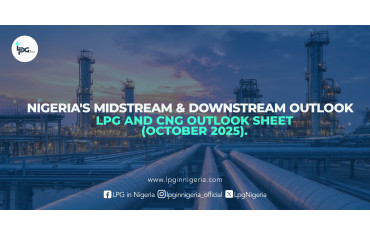


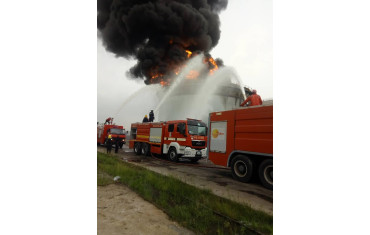
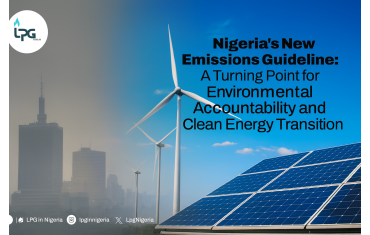
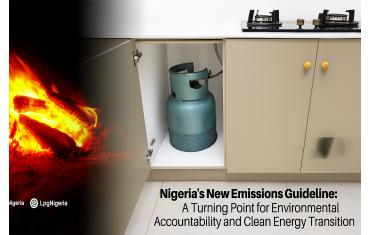
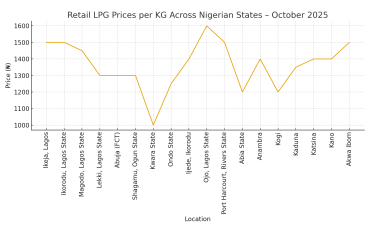
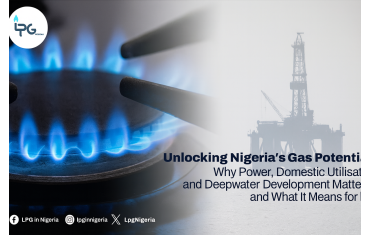
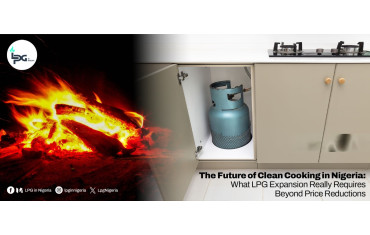
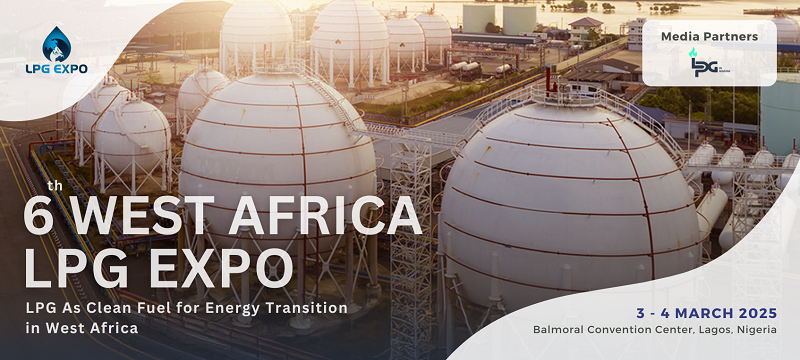

0 Comment.